Hesitate to follow suit? Let's take a look at how cold coffee conquers Americans.
For professional baristas, please follow the coffee workshop (Wechat official account cafe_style)
The beginning of summer always makes people feel humid and muggy, and even the idea of drinking a cup of hot coffee can be unbearable. Just as birds instinctively know when to migrate, they wake up on a sunny morning and feel that it is time to drink iced coffee.
Gregory Zamfotis, the owner of Gregorys Coffee Cafe in New York City, who is about to open its 24th branch, has been watching the temperature since early May. "I read the weather forecast and sent an email to my branch manager," he said. Zamfortis estimates that for most of the year, 75% of the coffee he sells is hot and 25% cold. As the iced coffee season begins, 65% of the coffee he sells will be cold.
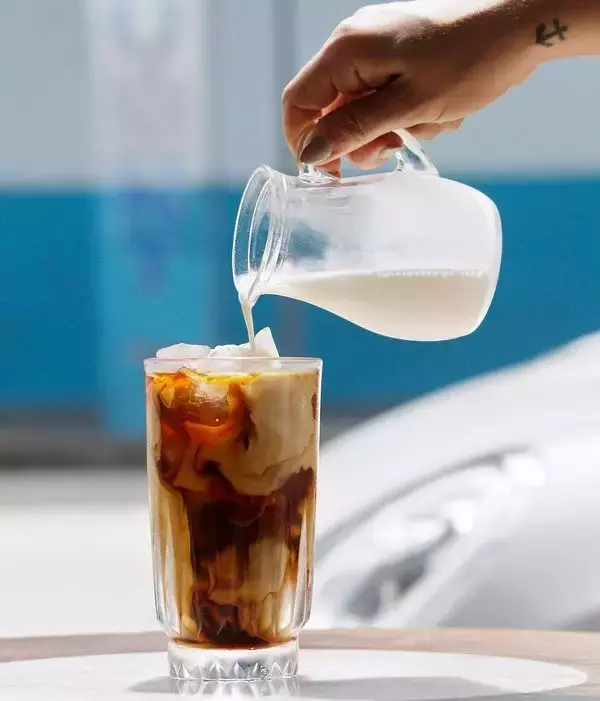
This change may happen overnight. "you don't want to run out of iced coffee before 9 a.m.," he said. "
Iced coffee is indeed in danger of running out. All iced coffee at Gregory Cafe is cold and takes 12 hours to make, and the taste is often described as smooth, round and mellow. Zamfortis estimates that he can sell 10,000 cups of coffee a day during the summer rush.
There is no rush for cold coffee. If you are a coffee shop operator, you need to forecast demand. Every year this demand is growing: the United States is becoming a popular country for drinking cold coffee.
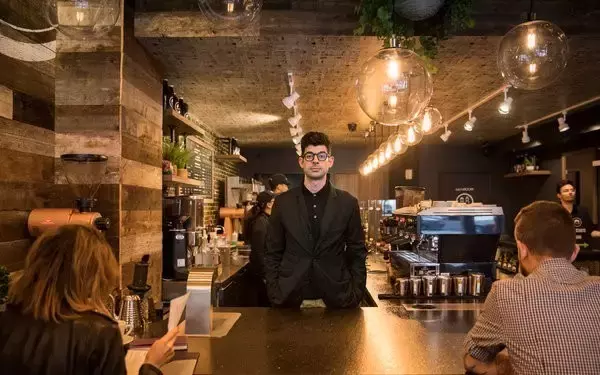
In the past, coffee sales declined in the summer and rose sharply in the holiday season at the end of the year. But now, cold-extracted coffee has contributed to a surge in demand for coffee in warmer months, far more than other iced coffee drinks. Coffee sales increase as the temperature rises. Cold coffee has also attracted a whole new audience for coffee: millennials, many of whom make it their first choice.
"it creates a tendency to follow suit," said James James Freeman, founder of Blue Bottle Coffee. "this feedback loop will lead to more orders for iced coffee, and it will arouse desire to see other people order iced coffee." This is the coffee version of "I eat what she eats".
A peculiar regional drink once limited to New Orleans and the South is now found all over the United States. This shift began about a decade ago. At the time, creative cafes such as Blue bottle Coffee (which sells a chicory-flavored cold extract coffee called New Orleans iced coffee) and Stumpton roasted coffee (Stumptown Coffee Roasters, which sells nitrogen cold extract coffee, which contains nitrogen, so it bubbles slightly, like the thick creamy foam of a good stout) began to use cold extraction to make coffee.
Until 2015, when Starbucks announced the introduction of cold coffee in some stores, it remained a relatively niche market. Cold extract coffee is now available in more than 13000 Starbucks stores in the United States, including nitrogen cold extract coffee. It has become a kind of coffee that is both attractive to the mass market and has a non-mainstream reputation. Now, whether in everything insists on carefully handmade cafes, or in Dunkin'Donuts, you can find the shadow of cold coffee.
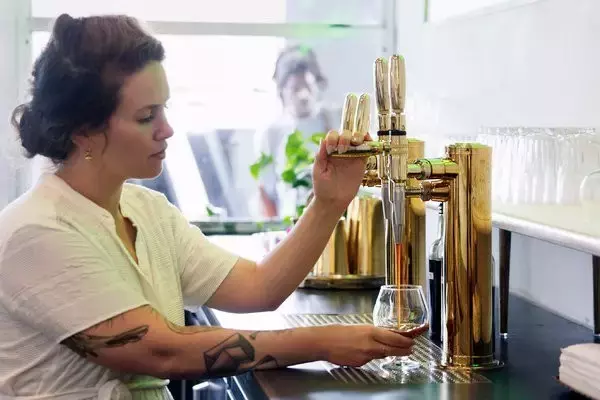
What is cold coffee? In essence, it is a kind of preparation. Soak the coffee powder in water at room temperature (strictly speaking, not cold water) for 6 to 20 hours (depending on the method) to make espresso that can be diluted with water and served on ice cubes. Since there is no heating process, the production time must be increased.
Cold coffee is more than just hot coffee that slows down. It is a very different product. Hot water releases acid from coffee, a feature that professional tasters call "brightness". Cold water will not be like this, but it will still bring rich taste and aroma. Compared with iced coffee in the dark ages, which is almost always made by cooling hot coffee in the refrigerator, it is even more obvious that cold coffee has no sour taste. When hot coffee cools, it produces more acid, many of which are strong and unpleasant.
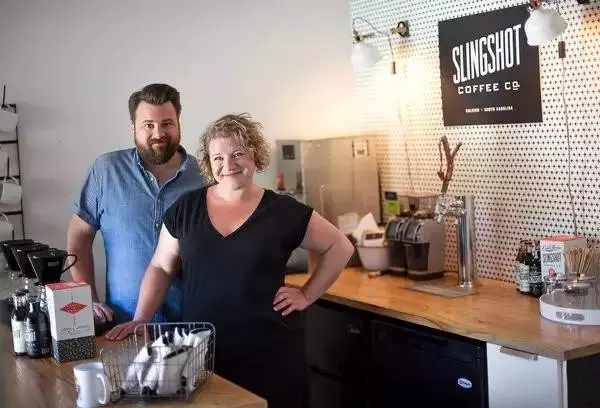
But in some coffee circles, cold extract coffee has a poor reputation. According to people in these circles, the selling point of cold coffee, which has no sour taste, is a defect. The world's best coffee, which grows at high altitudes, sells more because of its complex sour taste: brightness is an advantage. Why give up a decisive feature of good coffee?
In addition, critics say prolonged exposure to the air during soaking can lead to the oxidation of cold-extracted coffee and make it tasteless. Some cafes use cold coffee as a garbage dump for poor coffee-aged beans that are lighter or beans that are light and can't stand the traditional process.
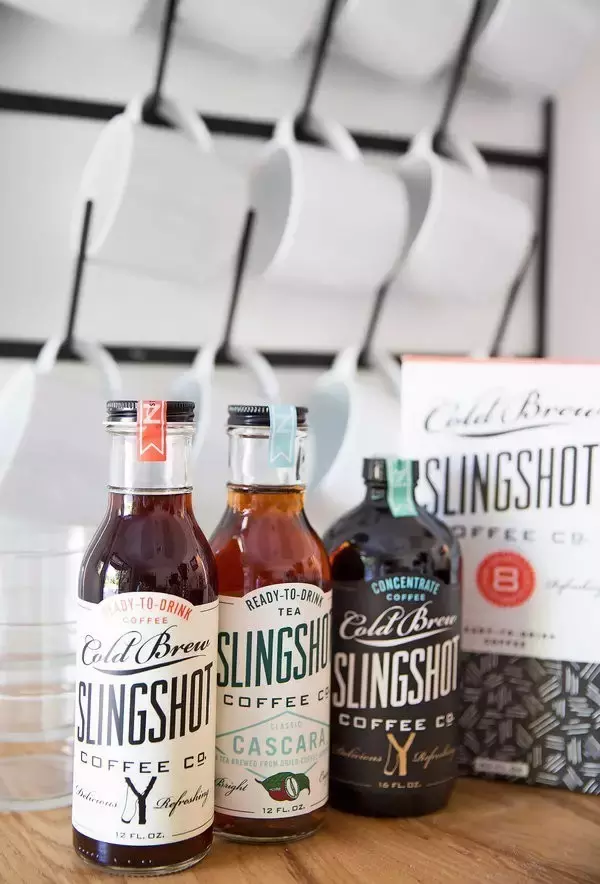
"the main reason is that there is no sour taste, which is very insipid," said Slingshot Coffee Co., a coffee company co-founded with her husband, Jonathan. Said Jenny Bonchak (Jenny Bonchak) of. "but that's not the coffee we want. What we want is something that tastes balanced and powerful. "
Bonchak uses premium coffee beans from Counter Culture Coffee, a roasting company in Durham, North Carolina. Slinchot coffee has been praised by some coffee fans who are often reluctant to touch cold coffee even with a 10-foot-long straw.
Important Notice :
前街咖啡 FrontStreet Coffee has moved to new addredd:
FrontStreet Coffee Address: 315,Donghua East Road,GuangZhou
Tel:020 38364473
- Prev
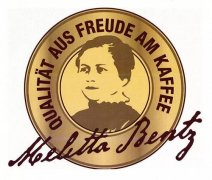
Barista Learning and training Foundation 1
Exchange of professional baristas Please pay attention to the changes in the name of coffee workshop (Wechat official account cafe_style) coffee was introduced into the Arab world, Yemen was the first stop, at that time, the Arabs called coffee qahwa, which means good wine, which is where the sound of coffee today comes from. The Turks transformed qahwa into Turkish pronounced kahwe, and the Venetians changed kahw
- Next
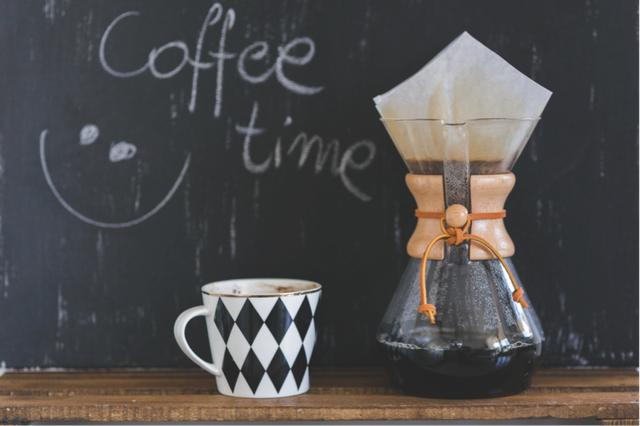
How can I order coffee when I go to the coffee shop? An article makes you a veteran driver in the coffee industry.
Professional barista communication Please pay attention to the coffee workshop (Wechat official account cafe_style) nowadays the faster and faster pace of work always makes people want to escape, which has led to the emergence of an individual style coffee shop in the city. We want to slow down in our leisure time to find a place to live, but too many people do not know themselves when they are enjoying the slow life in the coffee shop.
Related
- Beginners will see the "Coffee pull flower" guide!
- What is the difference between ice blog purified milk and ordinary milk coffee?
- Why is the Philippines the largest producer of crops in Liberia?
- For coffee extraction, should the fine powder be retained?
- How does extracted espresso fill pressed powder? How much strength does it take to press the powder?
- How to make jasmine cold extract coffee? Is the jasmine + latte good?
- Will this little toy really make the coffee taste better? How does Lily Drip affect coffee extraction?
- Will the action of slapping the filter cup also affect coffee extraction?
- What's the difference between powder-to-water ratio and powder-to-liquid ratio?
- What is the Ethiopian local species? What does it have to do with Heirloom native species?

